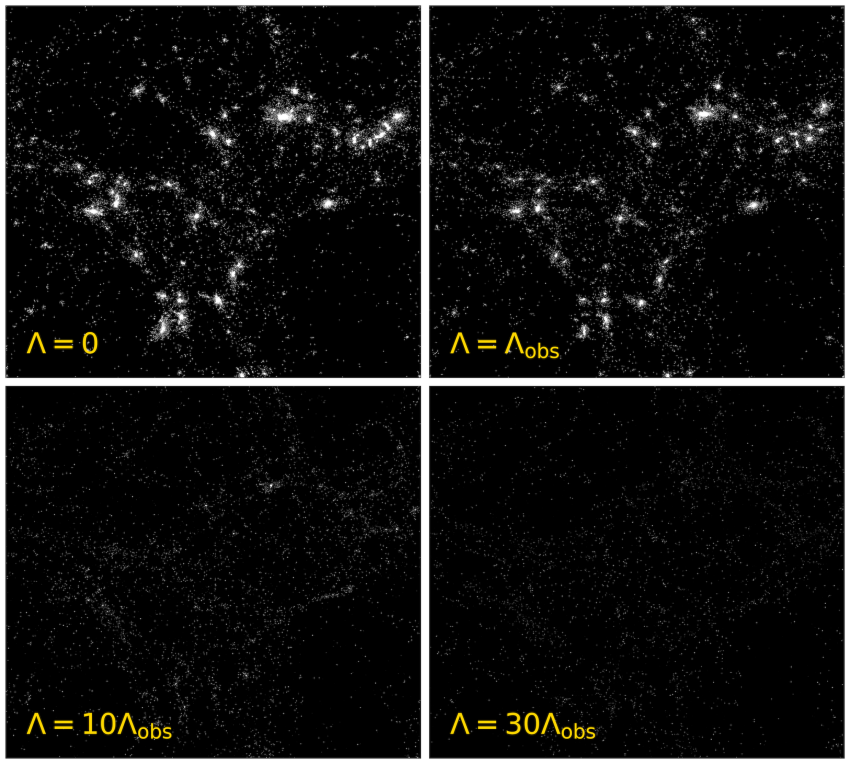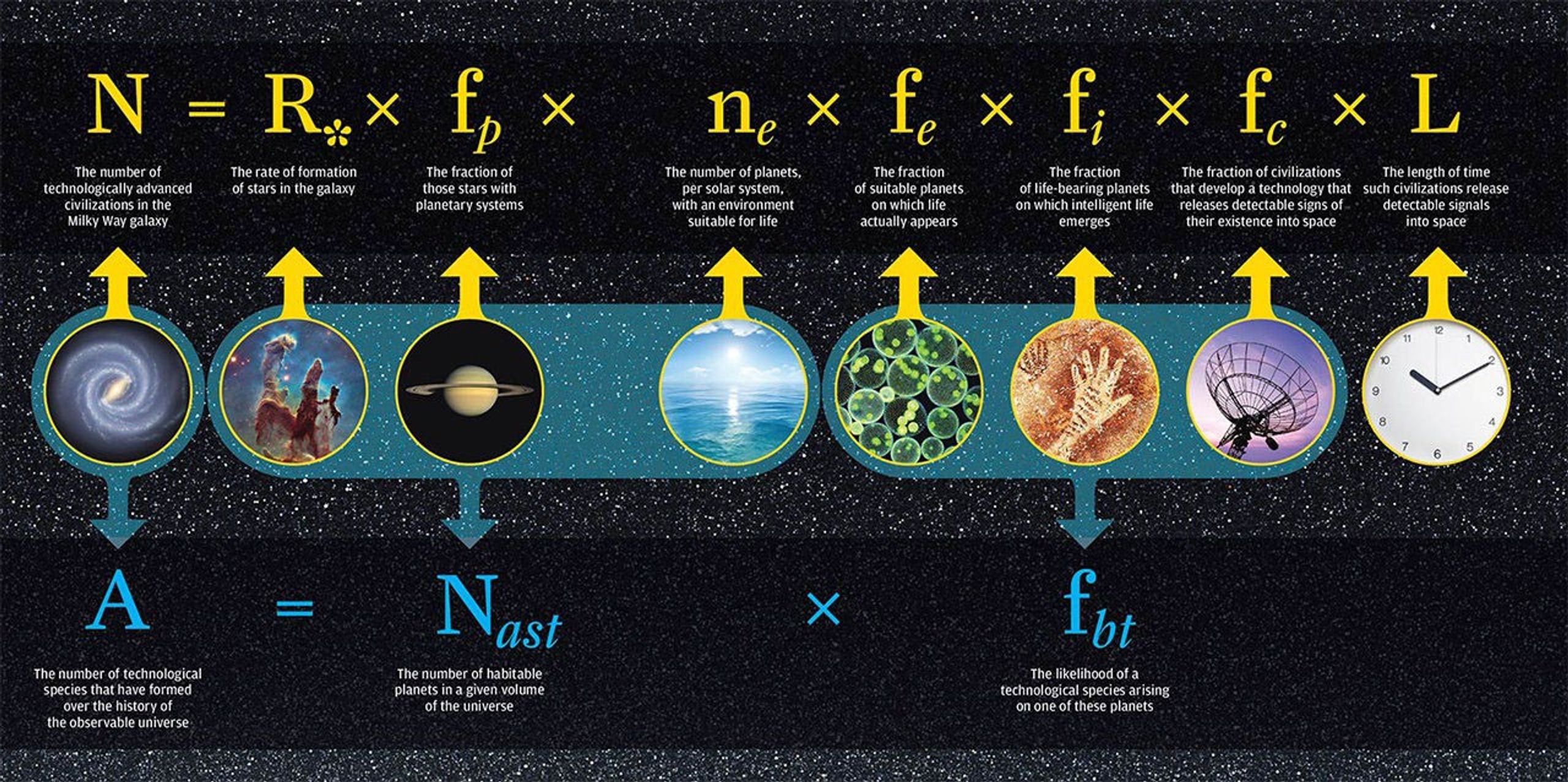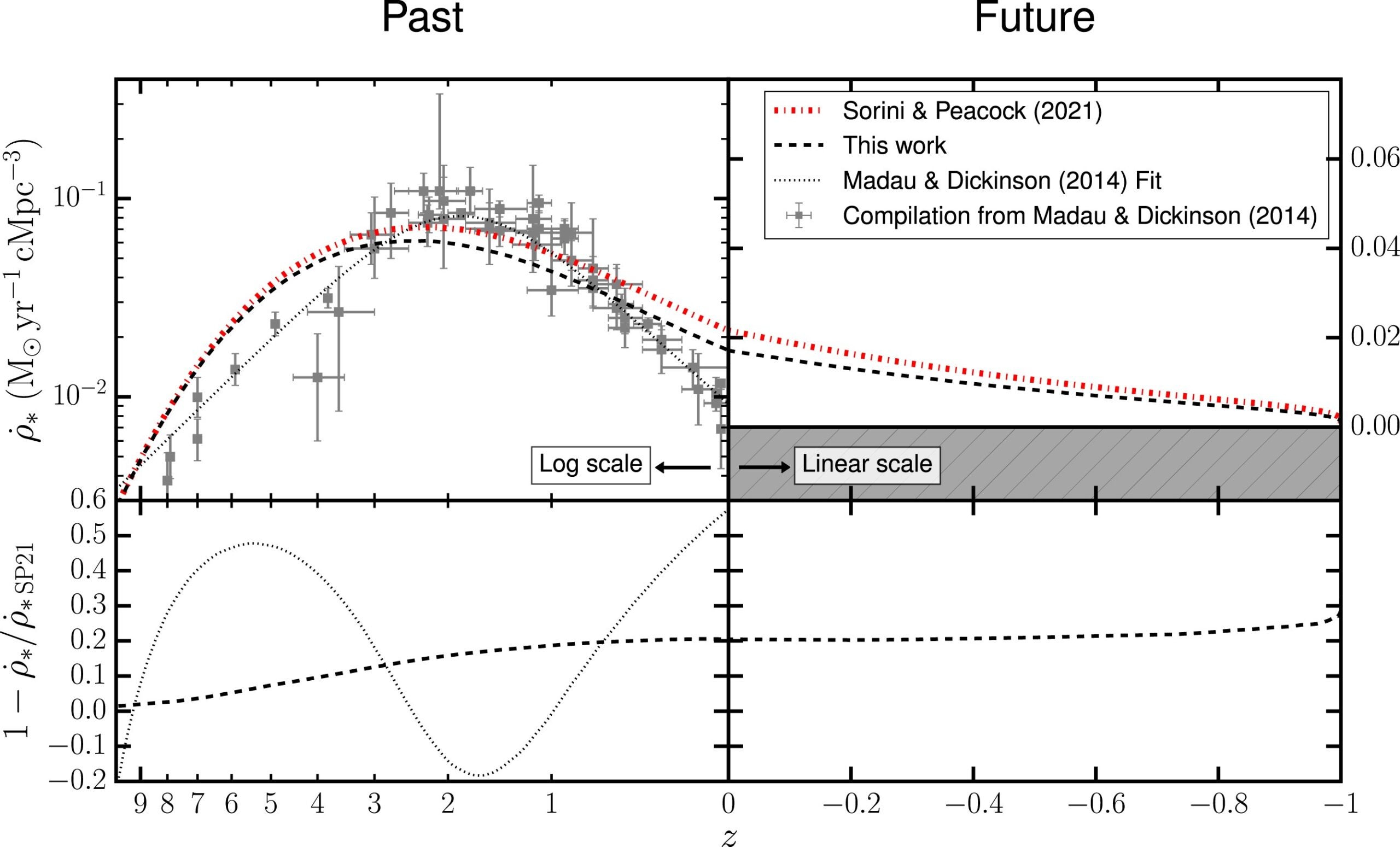The mysteries of the cosmos extend far beyond the stars we see, encompassing the dark forces and unknowns that shape our Universe. For decades, astrophysicists and cosmologists have delved into how galaxies—vast systems of stars, gas, and dark matter—form and evolve within this immense expanse.
While science has made remarkable strides, key processes such as star formation, gas dynamics, and feedback mechanisms remain only partially understood. Adding to the complexity is dark energy, a puzzling force accelerating the expansion of the Universe, with far-reaching implications for the potential existence of life.
New research from Durham University offers fresh insights into these cosmic enigmas. This study introduces a framework designed to estimate the likelihood of intelligent life emerging not just in our Universe but across theoretical multiverses.
Inspired by the Drake Equation, the model explores the interplay between dark energy density and star formation rates, highlighting their critical roles in shaping the conditions for life to arise.

The Cold Dark Matter (CDM) paradigm forms the foundation for understanding large-scale cosmic structures. This model explains galaxy formation through the gravitational collapse of dark matter halos from a nearly uniform early Universe.
While N-body simulations and analytical models have refined our understanding of halo assembly, the intricacies of baryonic physics—gas accretion, star formation, and stellar feedback—present persistent challenges.
Early models approached star formation with simplified assumptions, focusing on cooling times and conversion rates of gas into stars. However, they often ignored complex feedback mechanisms from stars and active galactic nuclei (AGNs).
Related Stories
Subsequent refinements incorporated these processes and explored co-evolutionary dynamics, including black hole formation and its role in galaxy development.
More recently, advanced hydrodynamical simulations have achieved remarkable success in reproducing observed cosmic phenomena. These models simulate interactions between baryonic matter and dark matter, capturing processes like supernova-driven feedback.
However, the fidelity of these simulations depends on subgrid prescriptions—approximate methods for modeling small-scale physics. As a result, the robustness of predictions across varying cosmological parameters remains an open question.
Dark energy comprises over two-thirds of the Universe’s total energy and governs its accelerated expansion. Despite its pivotal role, dark energy’s physical nature remains enigmatic.

A prevailing hypothesis links it to the quantum vacuum’s energy, yet theoretical calculations yield discrepancies spanning orders of magnitude. Efforts to reconcile this “cosmological constant problem” include invoking scalar fields, modified gravity theories, or multiverse scenarios.
One puzzle, the “why-now problem,” questions why dark energy began dominating the Universe’s expansion only recently, coinciding with the Sun’s formation.
Some theories suggest anthropic reasoning, where cosmic parameters are constrained by the conditions necessary for observers to exist. In this context, multiverse models propose an ensemble of universes, each with different physical constants.
Durham University’s research builds on these ideas, introducing a model that links dark energy density and star formation rates to the emergence of life. Unlike the Drake Equation, which estimates intelligent civilizations in the Milky Way, this approach calculates the relative probability of life across hypothetical universes.

The team explored the fraction of ordinary matter converted into stars over cosmic history under varying dark energy densities. In our Universe, this fraction is approximately 23%. However, the model predicts that a universe with a higher dark energy density could achieve a star formation efficiency of 27%. This suggests our Universe, while life-supporting, may not maximize the conditions for life to develop.
“Understanding dark energy and its impact on our Universe is one of the biggest challenges in cosmology,” said Dr. Daniele Sorini, lead researcher. “Surprisingly, we found that even significantly higher dark energy densities would still be compatible with life, suggesting we may not live in the most likely of universes.”
The study’s findings have profound implications for the concept of parallel universes. In stochastic inflation models, an infinite multiverse arises, with each “bubble universe” possessing unique physical constants. This ensemble provides a statistical framework for understanding why our Universe has its specific properties.
Anthropic reasoning, while controversial, gains traction as an explanatory tool in this context. Similar to the concept of habitable zones around stars, this approach considers conditions conducive to life. By exploring the astrophysics of star formation and large-scale structure evolution, researchers aim to identify universal parameters that enable life.
“It will be exciting to employ the model to explore the emergence of life across different universes,” noted co-author Professor Lucas Lombriser of Université de Genève. “This could lead to a rethinking of fundamental questions about our own Universe.”

The interplay between dark energy, star formation, and life’s potential challenges scientists to expand theoretical and computational boundaries. Full hydrodynamical simulations offer detailed insights but are computationally intensive. Simplified analytical models, while less precise, provide intuitive frameworks for exploring cosmic evolution over vast timescales.
By combining these approaches, researchers hope to address longstanding questions about the Universe’s fine-tuning. Why does our Universe support intelligent life? How do its parameters compare to hypothetical multiverses?
These investigations bridge astrophysics, cosmology, and the search for extraterrestrial life, offering a richer understanding of our place in the cosmos.
Note: Materials provided above by The Brighter Side of News. Content may be edited for style and length.
Like these kind of feel good stories? Get The Brighter Side of News’ newsletter.
The post Breakthrough study finds that aliens could be living in parallel universes appeared first on The Brighter Side of News.